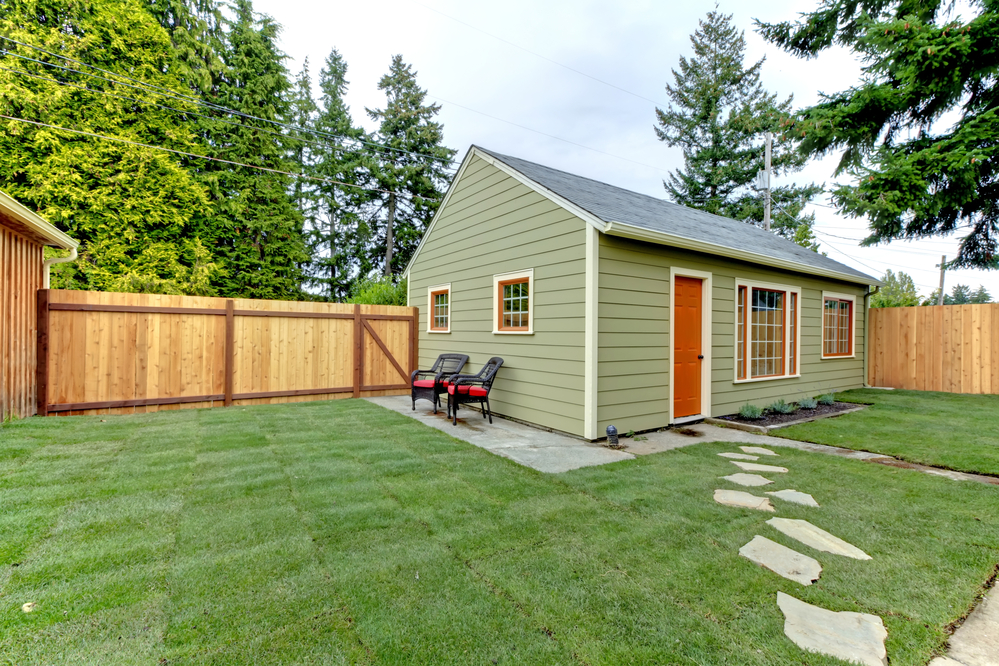Home Insurance for a Full House
Home insurance for a full house or shared households can get a bit tricky. After all, home insurance is often modeled based on the assumption that most policyholders have a typical American family that only includes a mother, a father, and their kids.
However, with the growing number of adult Americans moving back with their parents, and elderly parents living with their adult children, the extended family arrangement is gradually becoming a norm.
The multigenerational households pose some challenges with home insurance coverage. Hence, as a prudent policyholder, you must tell your insurance company if multiple relatives and non-relatives are living with you.
Two Main Types of Coverage Within Home Insurance
Standard home insurance offers two main types of coverage: property and liability.
As its name implies, property coverage reimburses you for damage to your home structure and personal property, while liability coverage covers the cost of litigation and claims when you cause injury or damage to others.
If you are the legal owner of the dwelling, make sure that your name is the first one mentioned in the policy. Thus you are entitled to the insurance proceeds in the event of damage to your home.
Your Relatives’ Belongings
In most states, when your family members move in with you, their belongings will be covered by your home insurance policy. However, things can get a bit tricky with non-relatives who live under your roof.
In general, the non-relatives’ belongings will not be covered by your policy. However, some insurance companies offer a clause that covers the items of non-relatives sharing your dwelling, provided that these items are in your home, whereas your personal property is covered anywhere in the world.
Who is Insured in Standard Home Insurance
In standard home insurance, the insured is you, your relatives sharing your dwelling, and anyone under the age of 21 who is under your care or the care of your relatives living with you.
Meanwhile, anyone who is not a relative and is over the age of 21 is in general not covered by your insurance. Hence he or she may wish to secure a policy of their own.
Liability Coverage
Liability coverage becomes more complicated with multigenerational households. After all, it only offers protection for the insureds. Hence, anyone who does not meet the definition of an insured may have to secure a separate policy.
Another possible option for anyone who does not meet the definition of an insured: Request for the umbrella policy, which is often inexpensive. This policy overreaches other underlying policies, making this particularly ideal for multigenerational households and other non-traditional living arrangements.
To put this into perspective, imagine you are hosting a family, and one of their kids damages a property of another family. The family who owns the property may have their insurance cover the damage, or they may decide to sue the family of the child who has caused the damage–instead of you.
To learn more about the standard home insurance for a full house, contact Absolute Choice Insurance. We provide quality home insurance, auto insurance, and commercial insurance for small businesses, all at an affordable price. Contact us today for a quote!
Phone: 407-344-4444
Website: www.absolutechoiceinsurance.com



